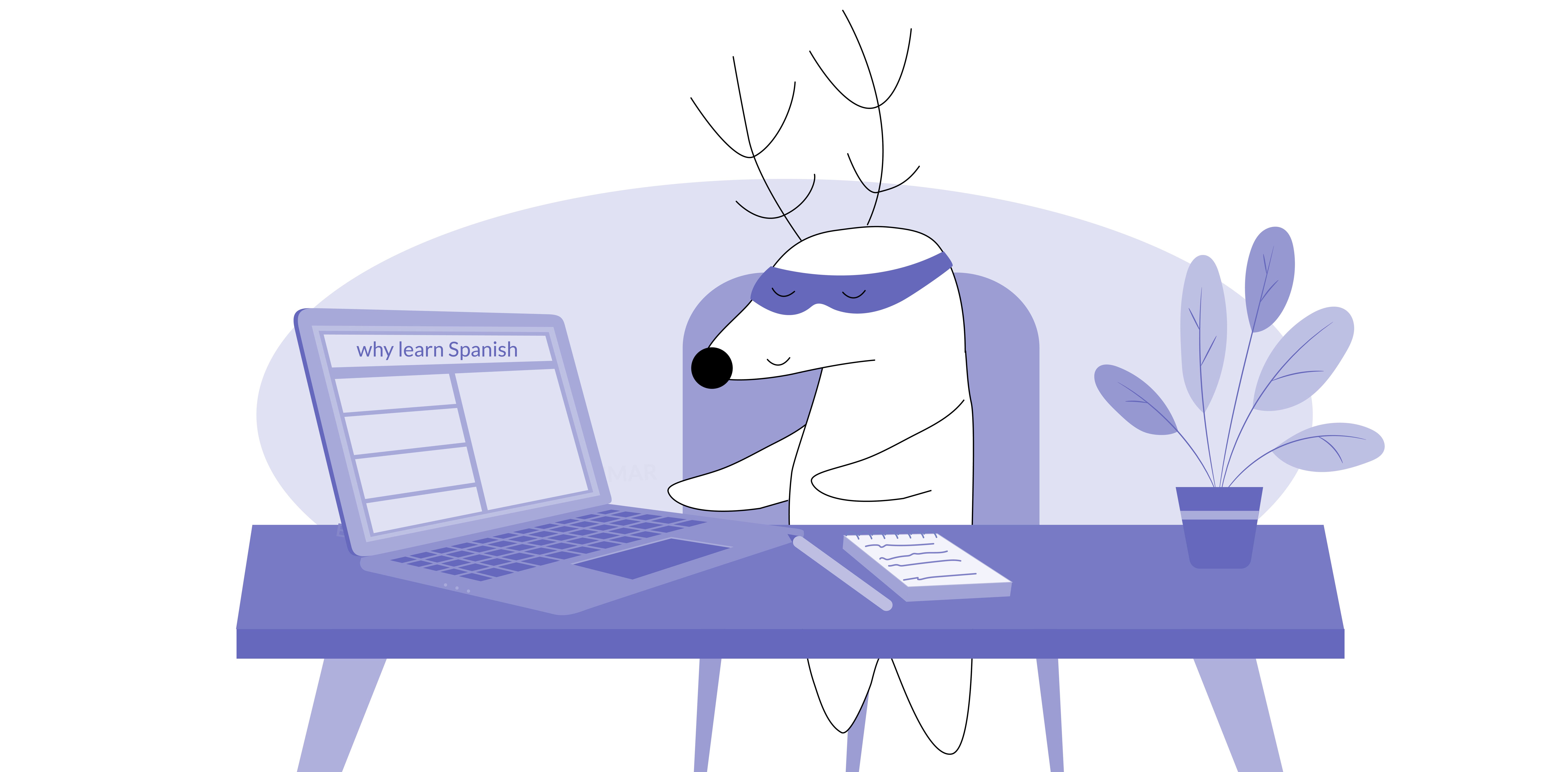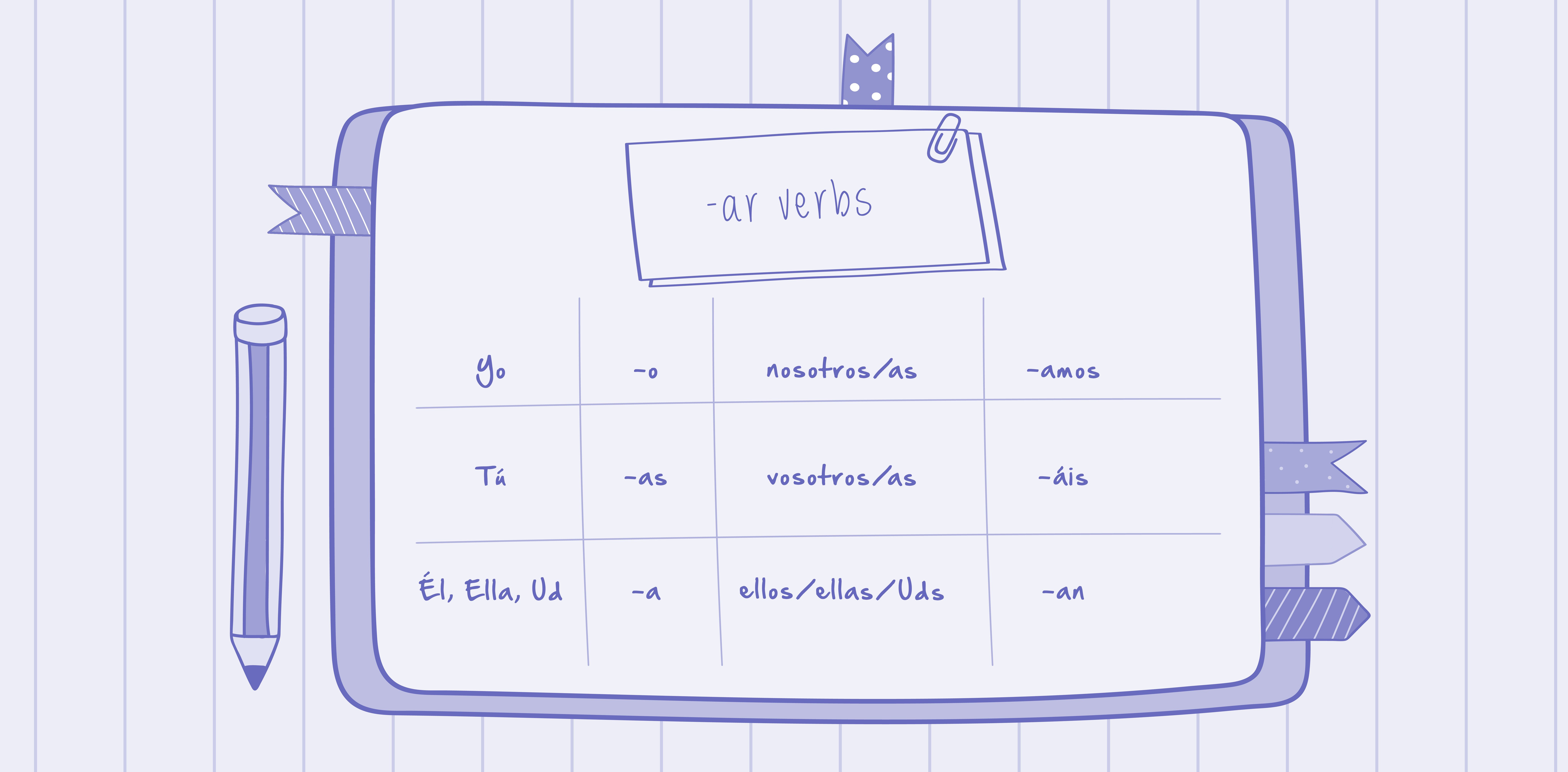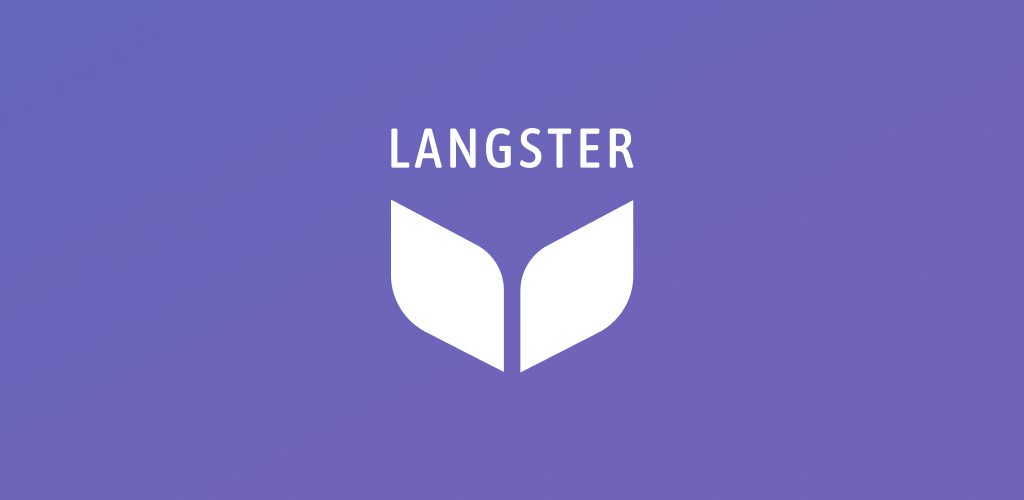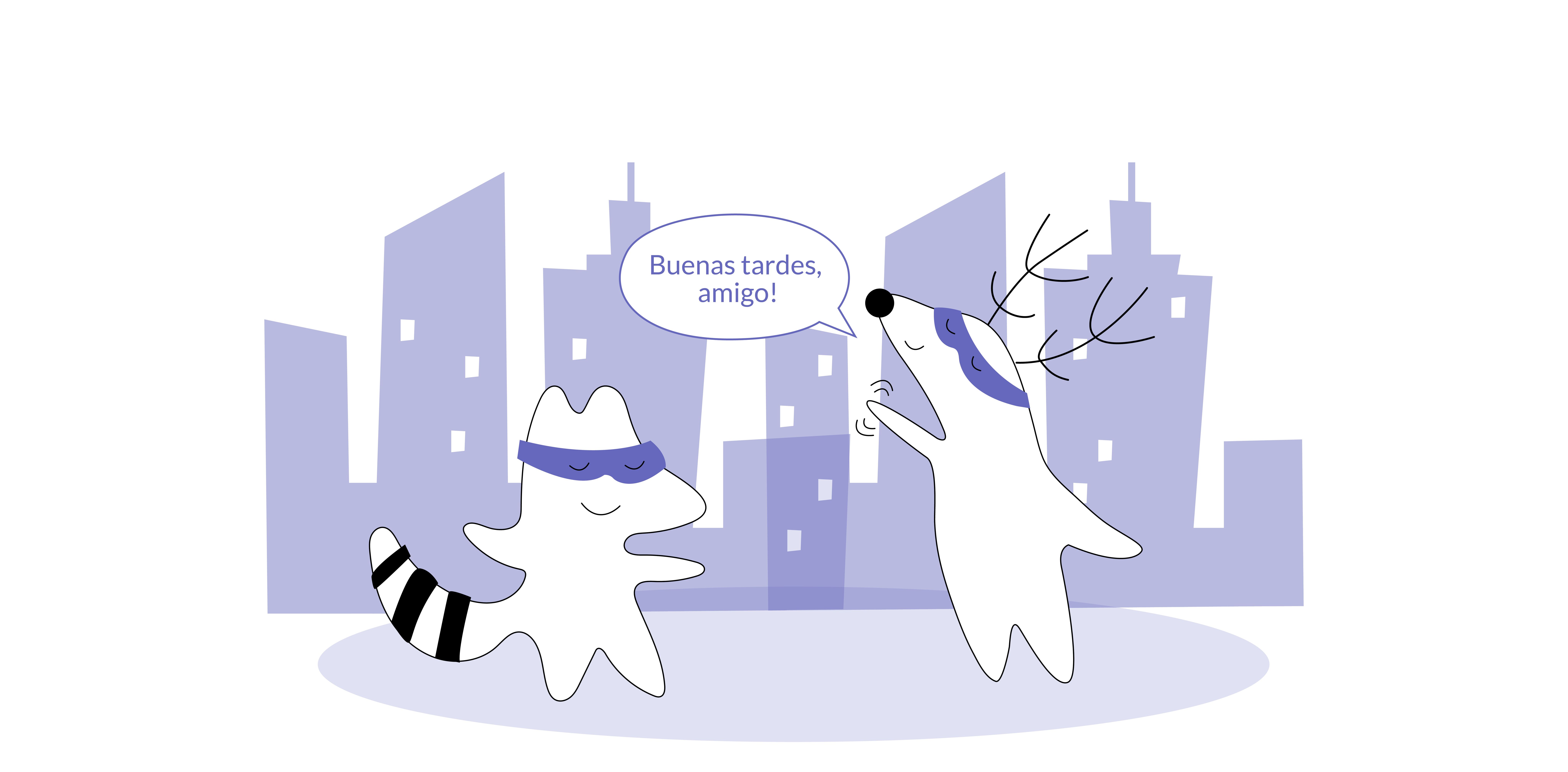
Learning Spanish is a great way to connect with millions of people around the world. One of the simplest ways to initiate conversation in Spanish is to greet people properly.
Depending on the time of the day and the relationship you have with the other person, you have a number of options at your disposal. Knowing how to say "good afternoon" and other common greetings is a great place to start.
In this blog post, we will be focusing on all of the different ways to say "good afternoon" in Spanish, from the classic buenas tardes to que pases una buena tarde, you’ll learn to use these phrases in different contexts. Let’s go!
Learn Spanish with Langster
How to Say "Good Afternoon" in Spanish (Buenas tardes)
When learning a new language, one of the first things we want to master is how to greet people properly. Saying "good afternoon" is a common greeting used to acknowledge the time of day and show politeness.
In the Spanish language, the phrase for "good afternoon" is buenas tardes. Let's delve into the details of this commonly used expression and explore its usage.
Buenas Tardes
Buenas tardes is a straightforward and widely accepted way to say "good afternoon" in Spanish.
The phrase consists of two parts: buenas and tardes. Buenas is the feminine plural form of the adjective bueno (good), and tardes is the plural noun for "afternoons." Combined, they form the complete greeting.
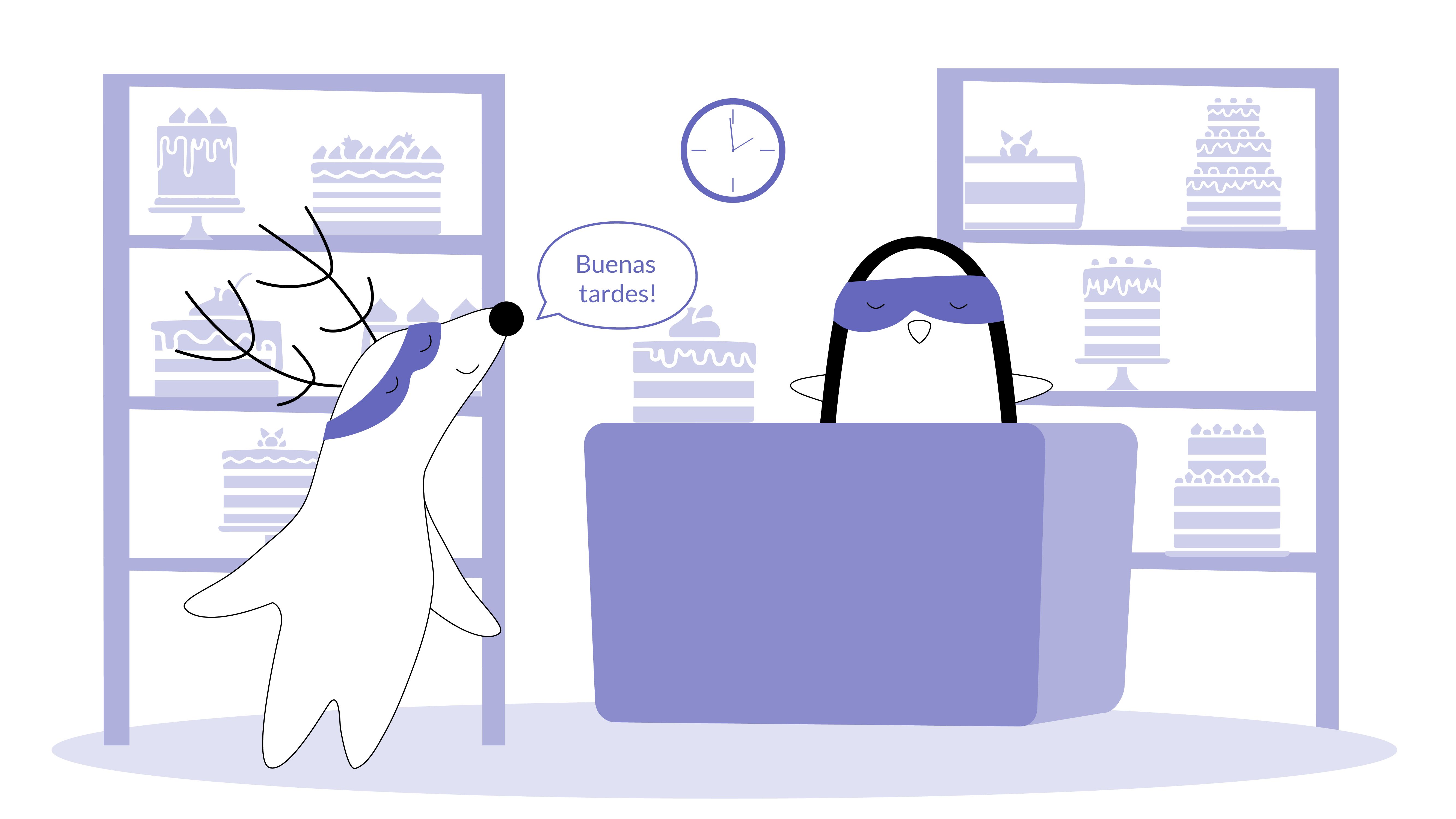
The most common way to say good afternoon in Spain is buenas tardes. This phrase is used from around 12 pm to 8 pm. Before that, you would use buen día (good morning).
Buenas tardes is also a common greeting in some parts of Latin America. However, in some countries like Mexico, buenas tardes is only used after 2 pm. Keep in mind that it can also be used as a way of saying goodbye:
Spanish
English
Adiós, que tengas buenas tardes.
Goodbye, have a great afternoon.
Hola or Buenas
If you want to be less formal, you can also use one of the most basic Spanish words, hola, which means "hello" or "hi." This is a versatile greeting that is commonly used in informal settings.
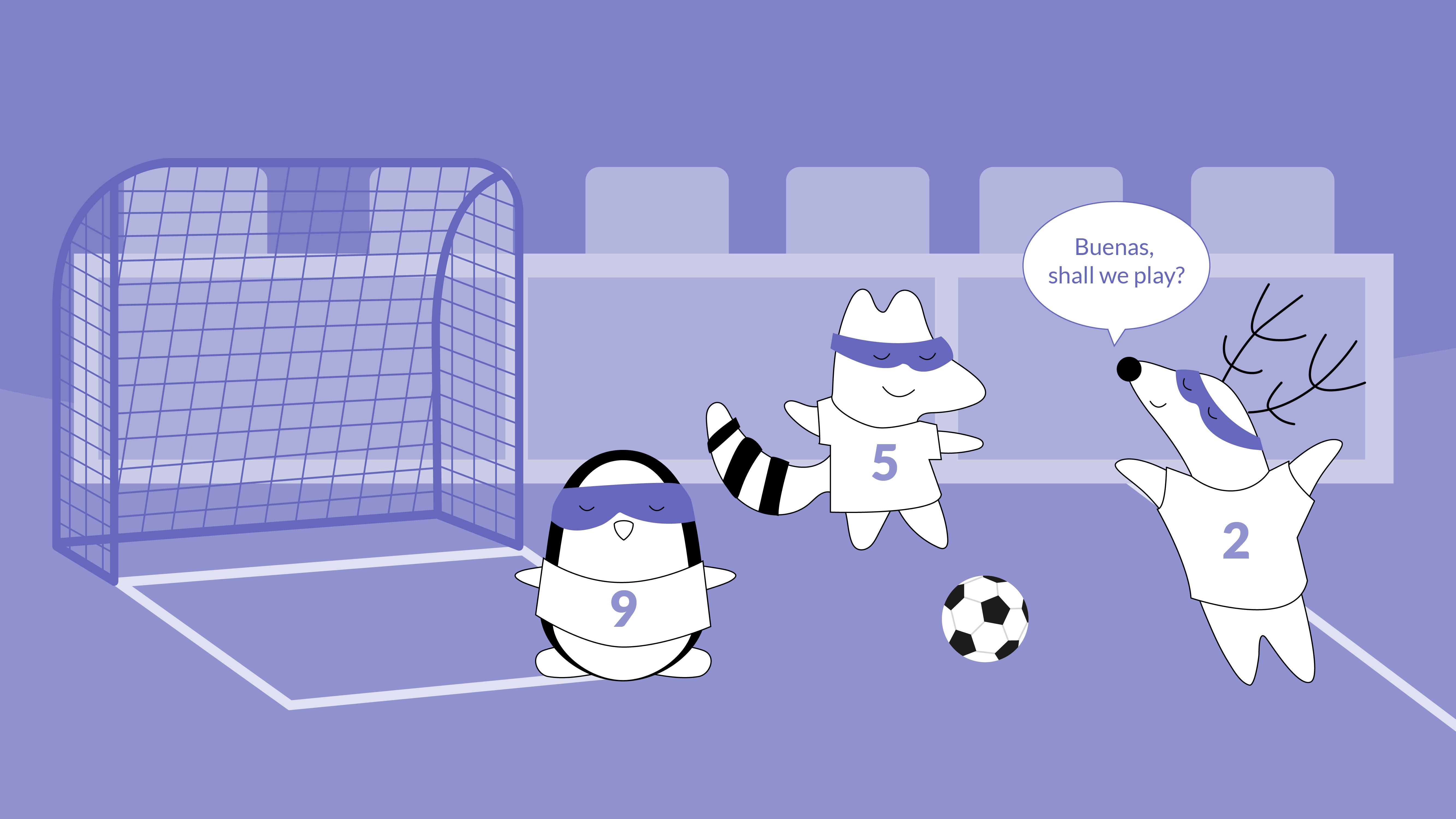
You can use this as a greeting even when it's not the afternoon. However, if you're looking for something more specific to the time, have in mind that fluent Spanish speakers say buenas, which literally means "good," as an abbreviation of buenas tardes.
Spanish
English
Buenas, ¿puedo pedir un poco de pan?
Hi, can ask you for a bit of bread?
Buenas Tardes, Mi Amigo
Another common way for native Spanish speakers to say good afternoon is buenas tardes mi amigo/a.
This phrase means "good afternoon, my friend" and is used when you know the person quite well; it's a friendly way of greeting someone and shows a sense of warmth and familiarity.
Spanish
English
Buenas tardes, mi amigo. ¿Vamos al cine?
Good afternoon, my friend. Shall we go to the cinema?
Buenas Tardes, Señor
If you're speaking with someone who is older or in a position of authority, you can use buenas tardes señor/señora. This phrase means "good afternoon, sir/madam" and is a formal way of greeting someone.
One of the most important Spanish conversational basics is to remember to use appropriate titles when greeting someone formally.
Finally, if you want to show more enthusiasm and excitement, you can use qué tal la tarde. This is an informal way of asking "how is your afternoon going?" It's commonly used among friends or people you're familiar with.
How to Use Buenas Tardes in Different Contexts
As with any language, cultural context plays a role in greetings. In Spanish-speaking countries, it is customary to greet others with buenas tardes when entering a store, office, or meeting someone for the first time during the afternoon.
It is a polite and respectful way to acknowledge the time of day and create a positive impression. Here are a few examples of how buenas tardes can be used in different contexts in everyday Spanish conversations:
| Setting | Spanish version | English version |
|---|---|---|
| Formal | Buenas tardes, señor. ¿Cómo está usted? | Good afternoon, sir. How are you? |
| Formal | Adiós, que pase una buena tarde. | Goodbye, have a nice afternoon. |
| Informal | ¡Hola! ¿Buenas tardes? | Hello! Good afternoon? |
| Informal | Chau, que tengas una buena tarde. | Bye, have a nice afternoon. |
| Formal | Buenas tardes a todos. Les doy la bienvenida a esta reunión. | Good afternoon, everyone. I welcome you to this meeting. |
| Formal | Buenas tardes. Gracias por tenernos aquí. | Good afternoon. Thank you for having us here. |
| Setting | Spanish version | English version |
|---|---|---|
| Formal | Buenas tardes, señor. ¿Cómo está usted? | Good afternoon, sir. How are you? |
| Formal | Adiós, que pase una buena tarde. | Goodbye, have a nice afternoon. |
| Informal | ¡Hola! ¿Buenas tardes? | Hello! Good afternoon? |
| Informal | Chau, que tengas una buena tarde. | Bye, have a nice afternoon. |
| Formal | Buenas tardes a todos. Les doy la bienvenida a esta reunión. | Good afternoon, everyone. I welcome you to this meeting. |
| Formal | Buenas tardes. Gracias por tenernos aquí. | Good afternoon. Thank you for having us here. |
Other Options to Say Good Afternoon in Spanish
If you're looking for some informal alternatives to say buenas tardes in Spanish, here are a few options:
| Spanish Greeting | English translation | Explanation |
|---|---|---|
| ¿Qué tal la tarde? | How's the afternoon? | It's a more casual way of greeting someone during the afternoon. |
| ¿Cómo va la tarde? | How's the afternoon going? | It's an informal way to inquire about someone's afternoon. |
| Buenas | Good | It's a quicker and less formal way to greet someone during the afternoon. |
| Buenas tardis | Good "afternoon" | This is a playful variation where the word "tardes" is modified to "tardis," resembling the time-traveling spaceship from the TV show Doctor Who. |
| Spanish Greeting | English translation | Explanation |
|---|---|---|
| ¿Qué tal la tarde? | How's the afternoon? | It's a more casual way of greeting someone during the afternoon. |
| ¿Cómo va la tarde? | How's the afternoon going? | It's an informal way to inquire about someone's afternoon. |
| Buenas | Good | It's a quicker and less formal way to greet someone during the afternoon. |
| Buenas tardis | Good "afternoon" | This is a playful variation where the word "tardes" is modified to "tardis," resembling the time-traveling spaceship from the TV show Doctor Who. |
Remember, these options may vary in usage depending on the region or group of people you are interacting with.
It's important to gauge the appropriate level of formality based on the context and your familiarity with the individuals you are addressing.
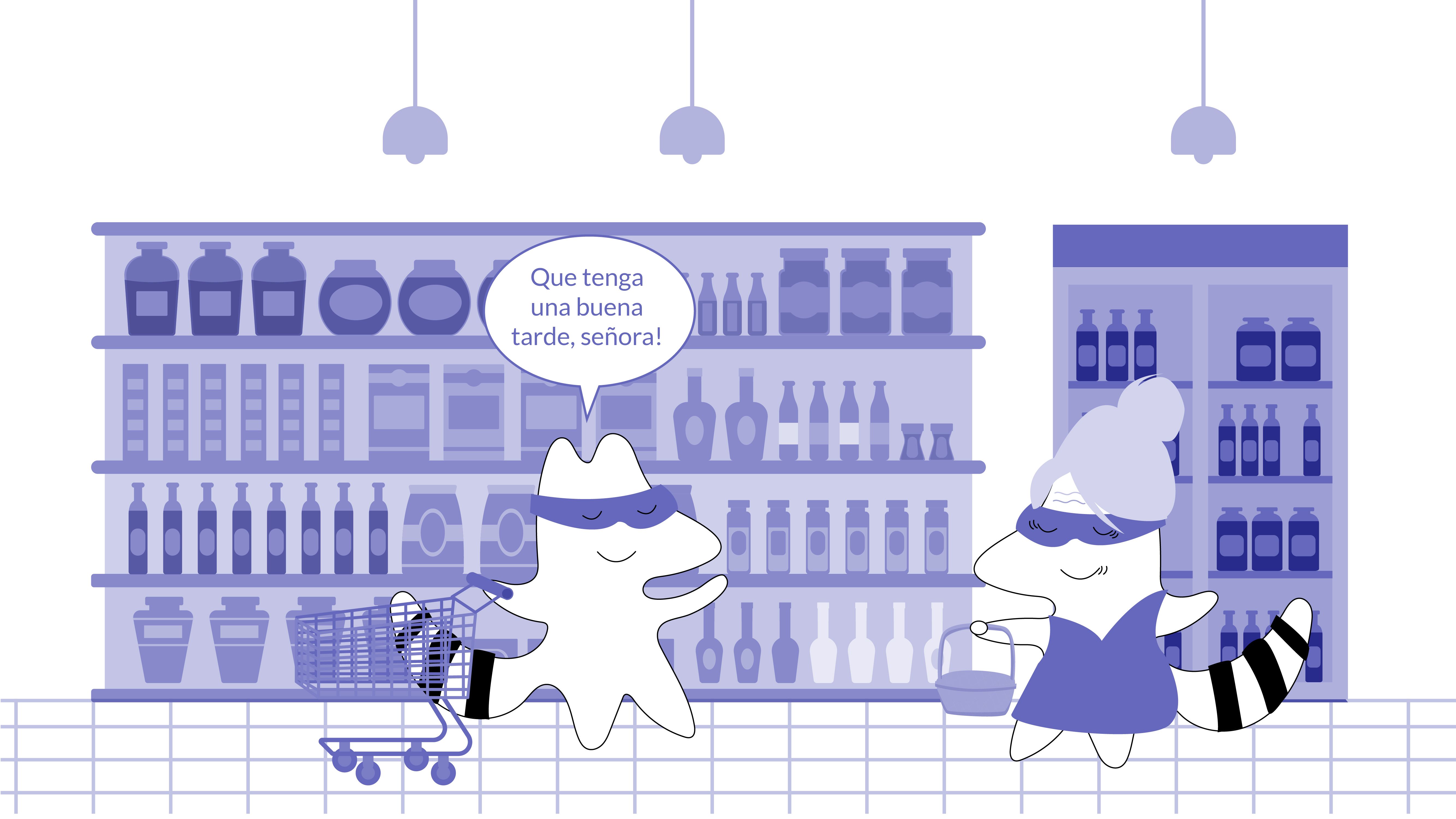
How to Pronounce Good Afternoon in Spanish
Whether or not you decide to take a language lesson, here's a short guide on how to pronounce basic words and greetings in Spanish:
Buenas
Pronounced as "bweh-nahs." The "b" is pronounced as in English, and the "u" is similar to the "oo" sound in "book." The "e" is pronounced like the "e" in "bet."
The "nas" part is pronounced like "nahs," with the stress on the first syllable.
Tardes
Pronounced as "tar-des." The "tar" is pronounced as in English, with the stress on the first syllable. The "des" is pronounced like "des" in "desert."
Remember, Spanish is a syllable-timed language, meaning each syllable is pronounced with equal emphasis. Take your time to pronounce each syllable clearly and maintain a steady rhythm.
To improve your pronunciation and your Spanish vocabulary acquisition, it can be helpful to listen to native speakers or use online resources that provide audio examples, such as the following table:
| Spanish version | English translation |
|---|---|
| Buenas | Good |
| Tardes | Afternoon |
| Spanish version | English translation |
|---|---|
| Buenas | Good |
| Tardes | Afternoon |
The Bottom Line
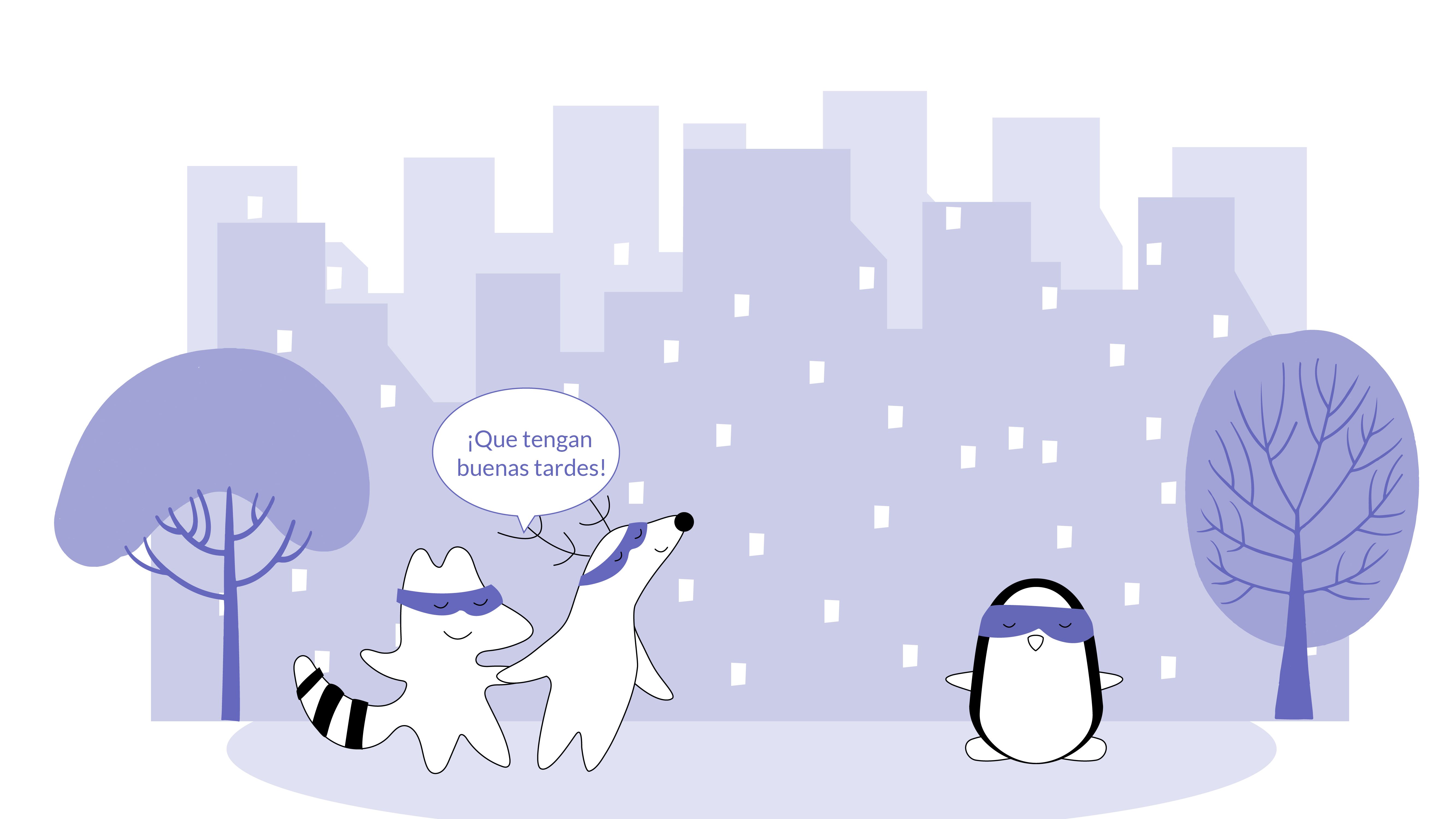
Learning how to say "good afternoon" in Spanish means more than just knowing the words. By using buenas tardes correctly, you’ll be acquiring conversational skills in the language and learning how to show respect for local customs.
Knowing how to use greetings appropriately also enhances communication and helps foster positive interactions with native Spanish speakers. Learn all of the ways to greet people in Spanish by using Langster, either in its mobile or web version!
So, the next time you find yourself in a Spanish-speaking environment during the afternoon, remember to greet others with a warm buenas tardes, and embrace the cultural richness that comes with learning a new language.
Learn Spanish with Langster







